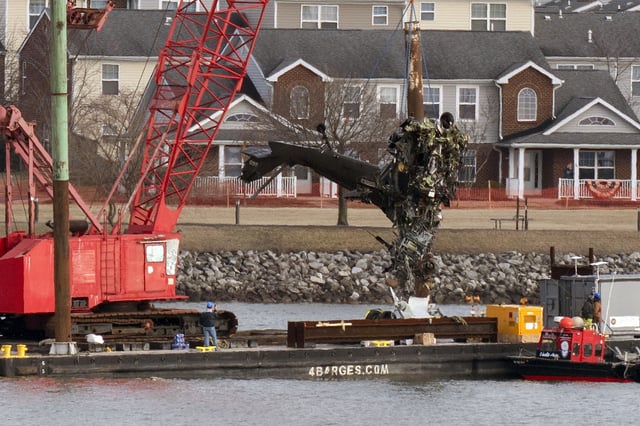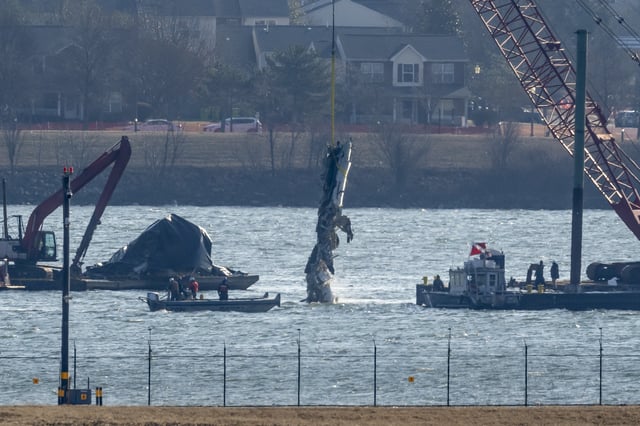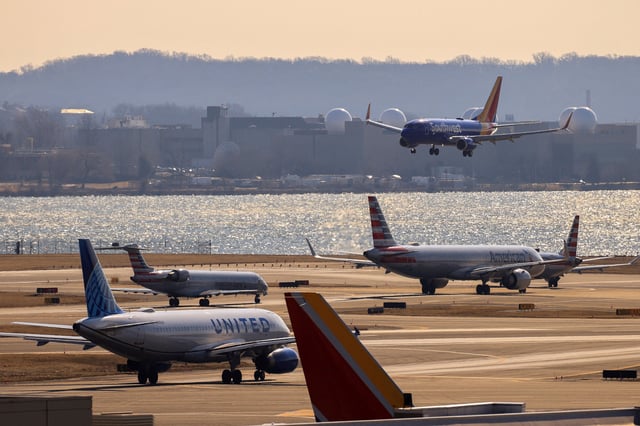Overview
- The FAA is increasing operational supervisor staffing at Reagan National Airport from six to eight and reviewing air traffic controller staffing levels.
- Non-essential helicopter operations have been permanently restricted, and the specific route involved in the January collision has been closed.
- A Critical Incident Stress Management team will provide confidential counseling to air traffic controllers, with regular wellness checks also planned.
- The FAA is reassessing the airport's arrival rates, which are heavily concentrated in the last 30 minutes of each hour, as part of broader safety reforms.
- Recent incidents, including a near-miss between a Delta jet and Air Force planes and a fight in the control tower, highlight ongoing operational pressures and safety challenges.



